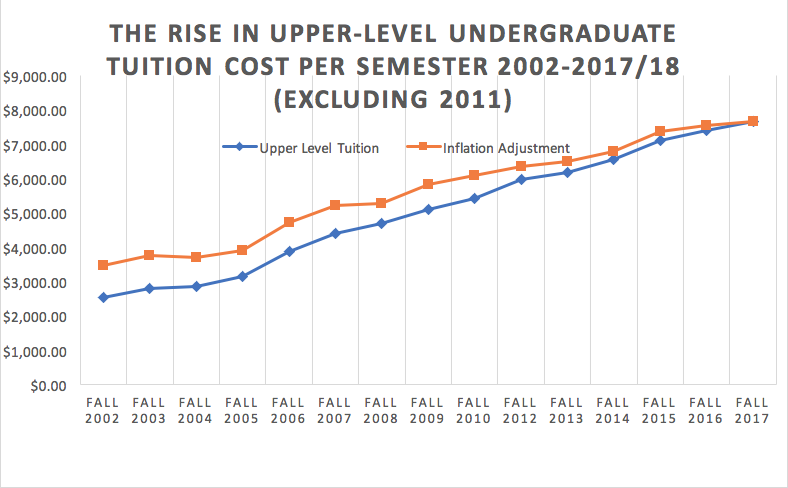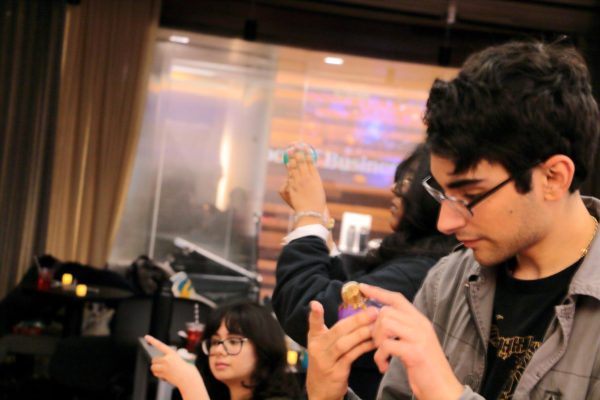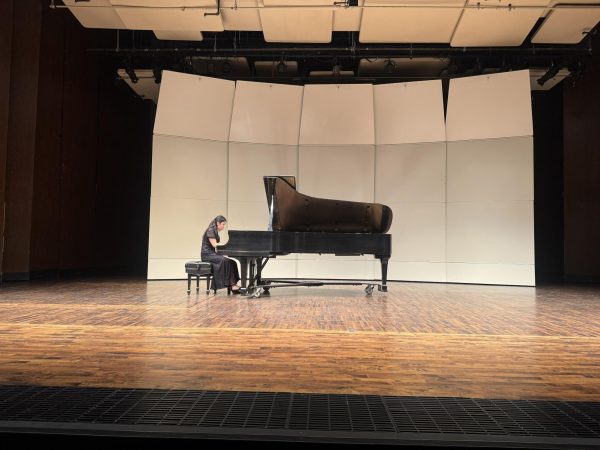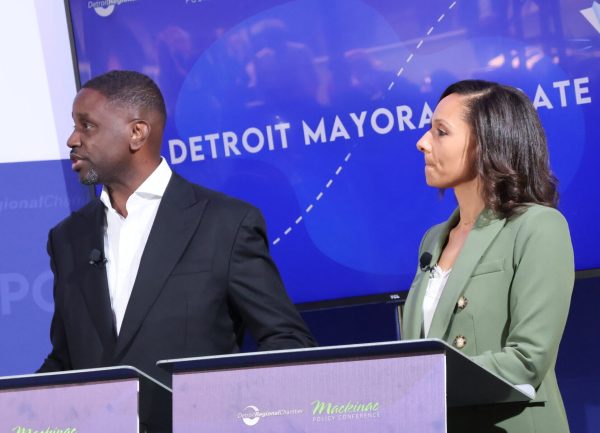The rise of tuition and college competition
Since 2002, Oakland University’s tuition has more than doubled, when accounting for rising levels of inflation. But this doesn’t seem to be contained by the rate of falling state appropriation funds, as tuition doesn’t inversely correlate with the differences since 2002.
According to national trends, it has more to do with arbitrary competition among universities.
U.S. News & World Report, the same media group that publishes the U.S. Best Colleges list, reports the major influence behind the rise in tuition prices has most to deal with the rise in administration salaries.
It’s reported that when former OU President Garry Russi started in 1995 as interim president, his salary was $217,864 when adjusted for inflation. This figure slowly rose, with an increase of $100,000 a year, until his salary reached $358,000.
As part of former OU President George Hynd’s contract, his salary reached $400,000, which is a little under where the current salary of President Ora Hirsch Pescovitz lies.
Another issue reported by U.S. News & World Report is the increase in the cost of student services such as academic counseling, psychological counseling and veteran affairs offices, which all deal with student retention.
But as important as student services are, there is an immediate motivation to use it as a tool for student retention. Because the U.S. News & World Report’s “Best Colleges” uses student retention in its Best Colleges list criteria, institutions have an incentive to be more selective, while they have the same incentive to make classes easier to keep students enrolled.
Navigating the list has been most easily run by the college presidents who treat college as a business. Often labeled the ‘corporatization of universities,’ college presidents are trying to increase the college’s ranking while attempting to cut costs in areas that do not affect application rates.
This has been seen most heavily at Mount St. Mary’s University where that college president developed a program to identify students most likely to fail and coerce them to drop out before the end of the semester since the timing won’t affect student retention rates.
This is useful in understanding the situation at Oakland because of the consistent focus on similar university improvement initiatives. Hynd talked about how important retention rate was before leaving almost a year ago.
So most of a university’s focus falls on brand development and competitiveness, which help determine the amount that the state will provide in appropriation funds to that college.
The effect this has is a higher rate of disregard for lower income students, who have a more difficult time affording services that help them get into college, as well as a lower focus on the quality of classroom instruction.
In most cases, the prestige of a university can be good enough to almost guarantee a job, solidifying an alumni donation base. But as for Oakland, the major issue with this theory is holes that need to be filled in Oakland Budget and Performance Transparency Reporting.
The missing information would be able to determine whether salary increases, as well as student support service expenditures, correlate with tuition hikes.








